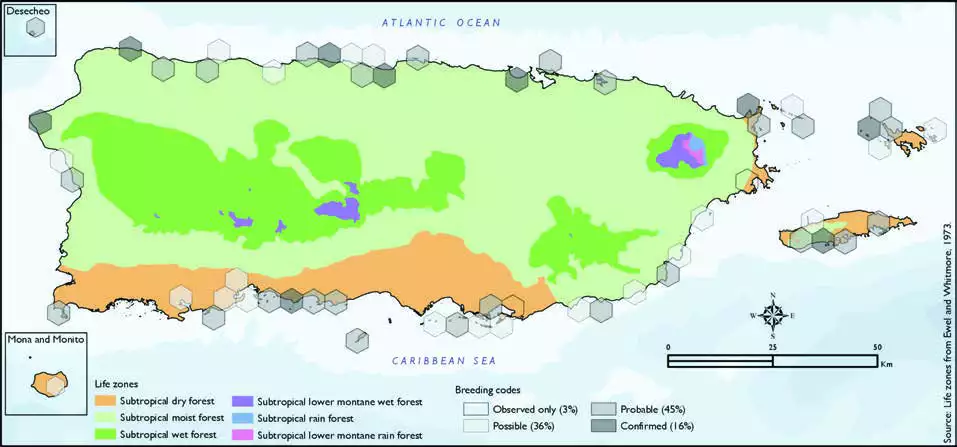American Oystercatcher
Description
The American oystercatcher (Haematopus palliatus), occasionally called the American pied oystercatcher, is a member of family Haematopodidae. Originally called the "sea pie", it was renamed in 1731 when naturalist Mark Catesby observed the bird eating oysters. The current population of American oystercatchers is estimated to be 43,000. There are estimated to be 1,500 breeding pairs along the Atlantic and Gulf Coasts of the US. The bird is marked by its black and white body and a long, thick orange beak.
The American oystercatcher has distinctive black and white plumage and a long, bright orange beak. The head and breast are black and the back, wings and tail greyish-black. The underparts are white, as are feathers on the inner part of the wing which become visible during flight. The irises are yellow and the eyes have orange orbital rings. The legs are pink. Adults are between 42–52 cm (17–20 in) in length.
Distribution & Habitat
The American Oystercatcher occurs from the eastern coast of
the United States south through
Central and South America
including the West Indies
(Raffaele and others 1998).
It is an uncommon and local
species in Puerto Rico, Culebra,
Desecheo, Mona (Oberle 2018,
Ventosa-Febles and others 2005),
Vieques (Gemmill 2015, Oberle
2018), and small cays around the
islands, and is even considered
migratory on Puerto Rico due
to its rarity on the coast (Biaggi
1997). On Vieques, its abundance
changes with season, ranging
from uncommon resident in
spring to extremely rare in fall and winter (Gemmill 2015).
This is a shorebird restricted to
marine habitats including stony
and sandy beaches, coastal salt
marshes, and offshore islands
and cays (Raffaele and others
1998). The atlas fieldwork
yielded a total of 85 records
within 58 hexagons or 12
percent of the 479 total hexagons
(see map). Of the 58 hexagons
where this species was found,
breeding met the atlas definition
of confirmed in 16 percent (9)
of the hexagons, probable in 45
percent (26), and possible in 36
percent (21), while the species
was observed in 3 percent (2)
of the hexagons but without
evidence of breeding (see map). American Oystercatcher distribution. The map shows the highest breeding code by hexagon and overlaying the ecological life zones
in Puerto Rico. Note: percentages may not total 100 due to rounding. 103American Oystercatcher/Ostrero

Breeding Habits
This species nests on sand, pebbles, or coral rubble beaches
from May to July, according to
previously published reports
(Raffaele and others 1998).
Atlas results indicate that the
American Oystercatcher breeding
season extends throughout the
year, but it is most active from
April to July with a peak during
April and June (see chart).
Results show that the American
Oystercatcher breeds within subtropical dry and subtropical
moist forest life zones (52 and
48 percent of the hexagons,
respectively) (see table and
map).The seasonal pattern of
breeding appears to coincide in
each of the ecological life zones
with no evidence to suggest that
breeding times differ between
the life zones.
Conservation
The American Oystercatcher is listed as a species of least concern by the IUCN (BirdLife
International 2016). Locally, this
species is listed as vulnerable
(PRDNER 2015). In Puerto Rico,
the American Oystercatcher has
a protected habitat in land of 11
percent or 150 km2 of the total area covered by the hexagons
where evidence of breeding
was found for this species
(1338 km2).
Related Species
Family:
oystercatcher